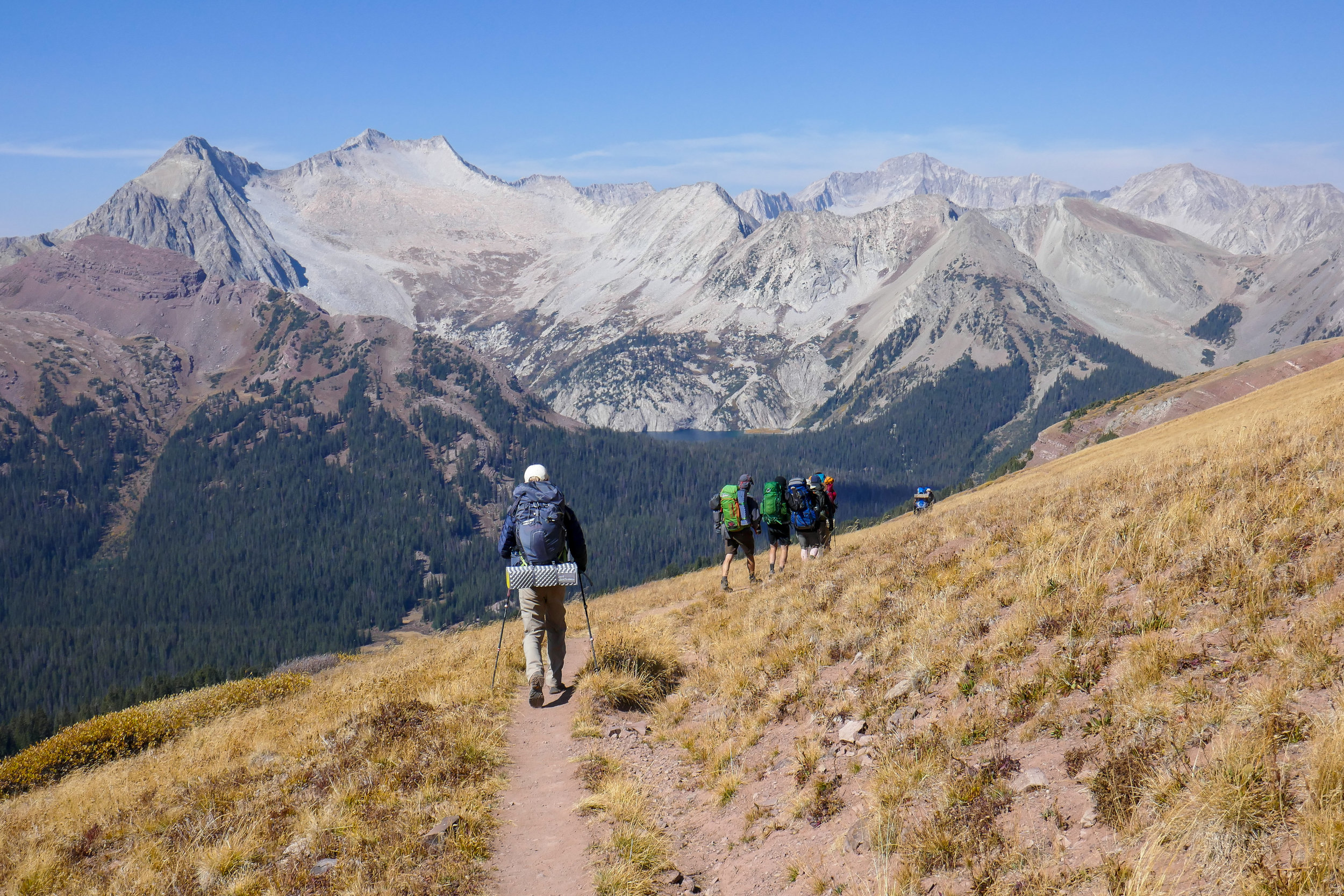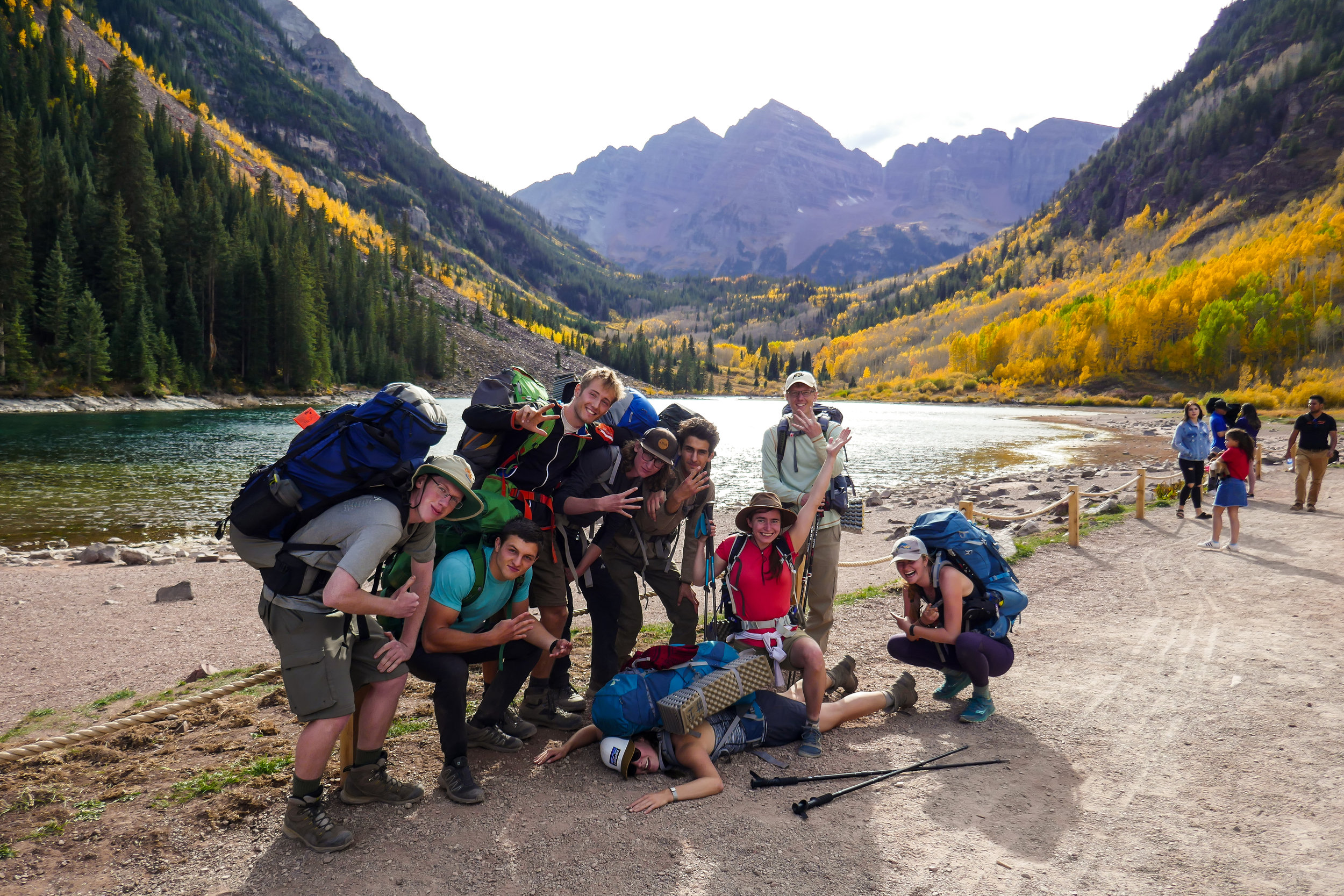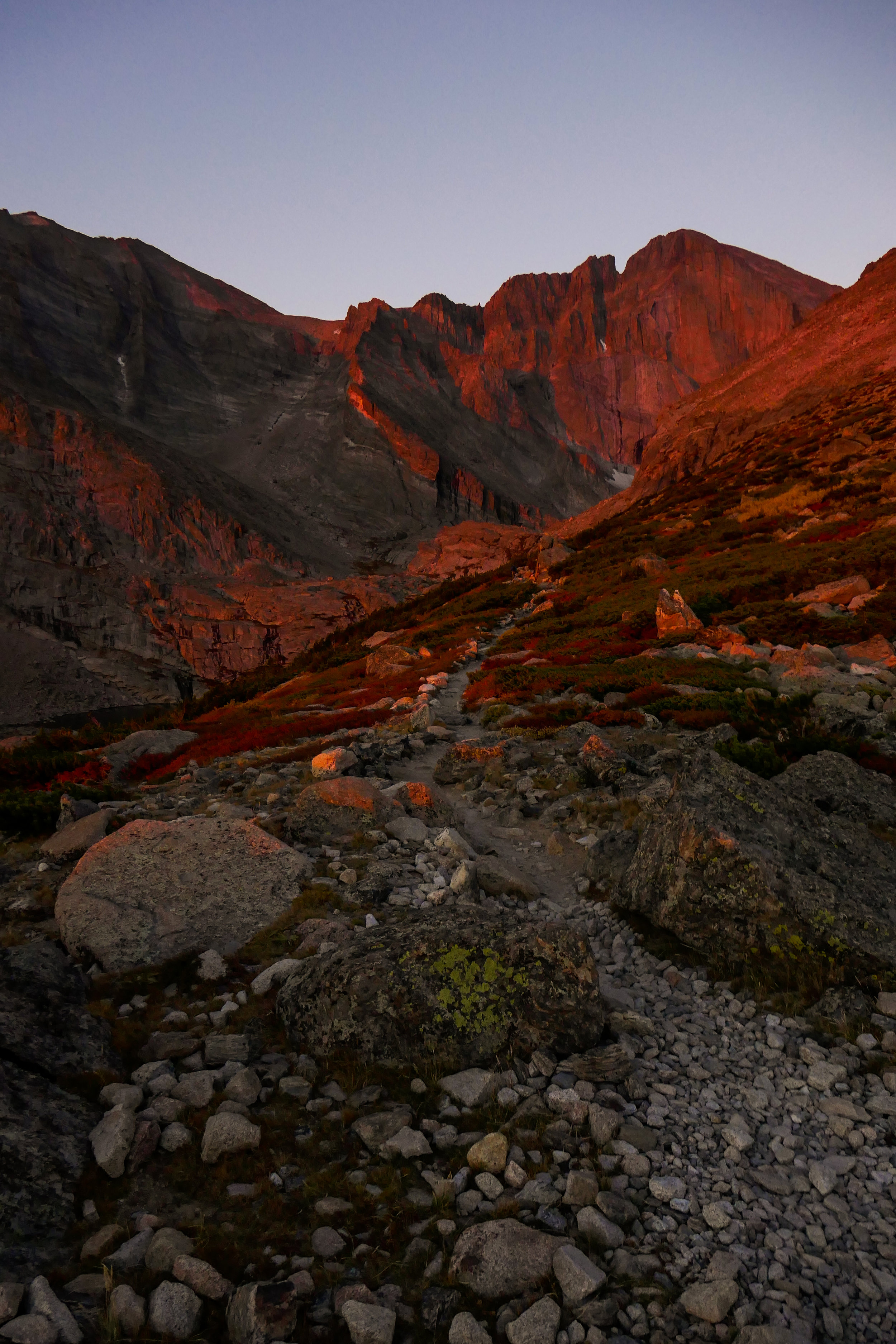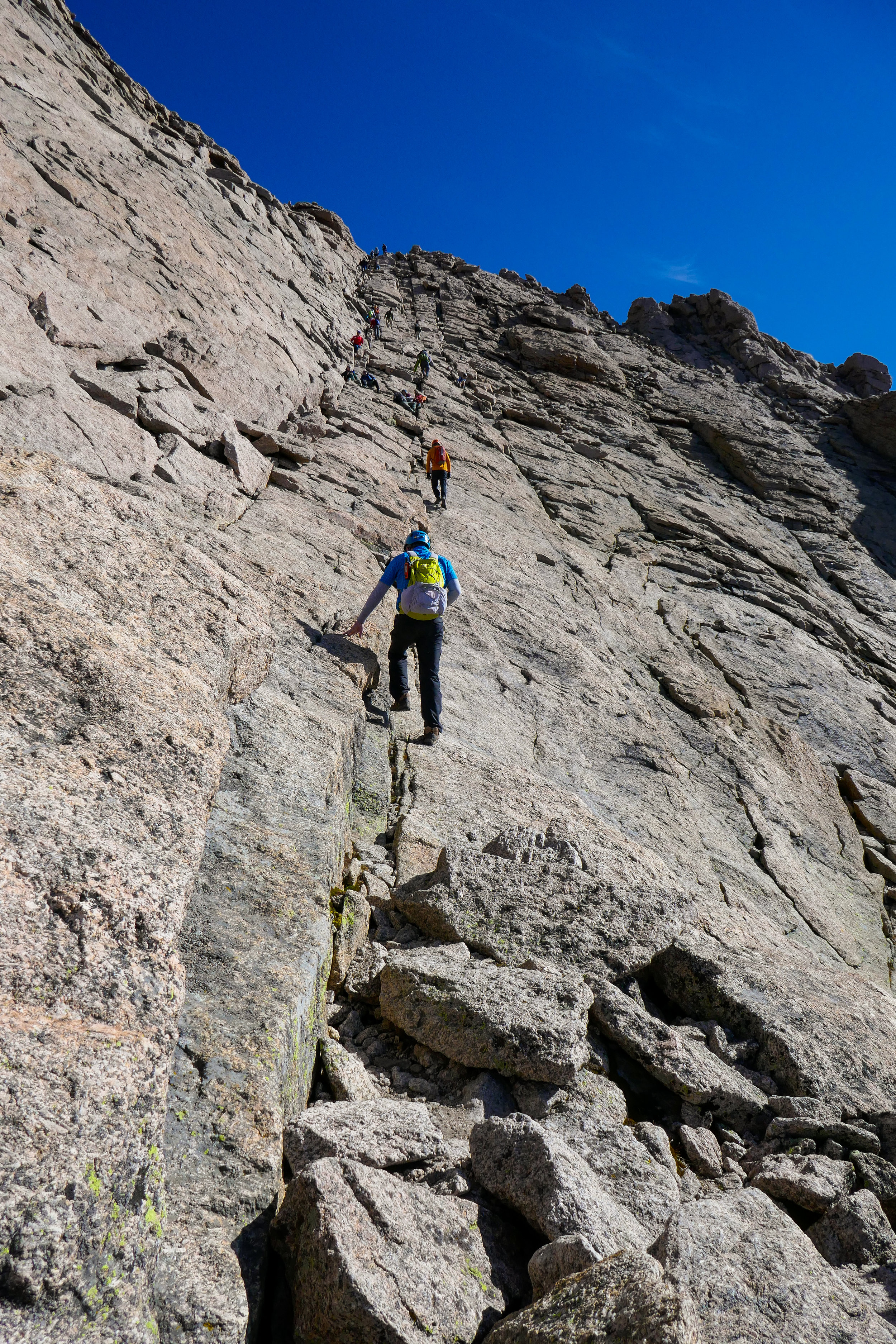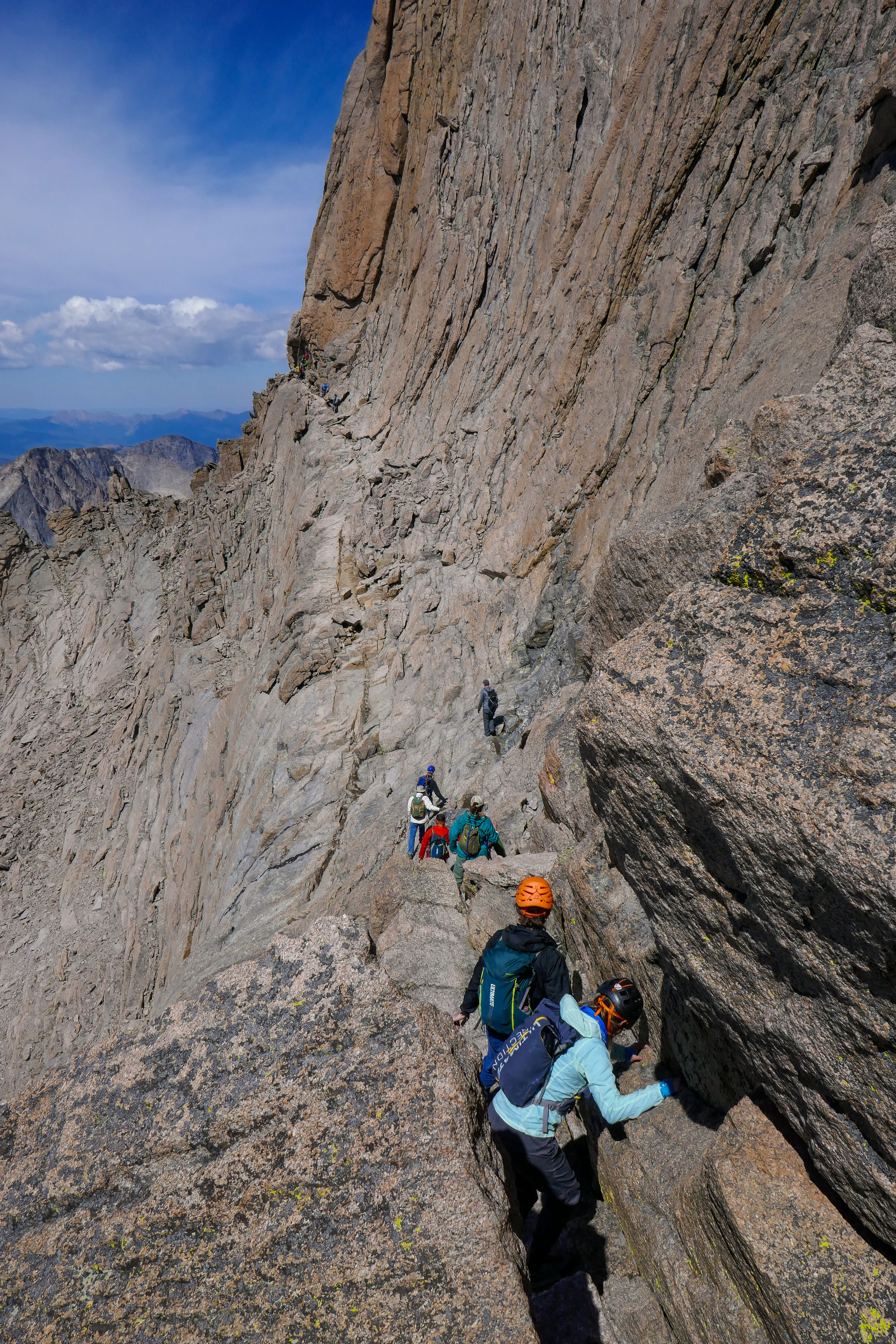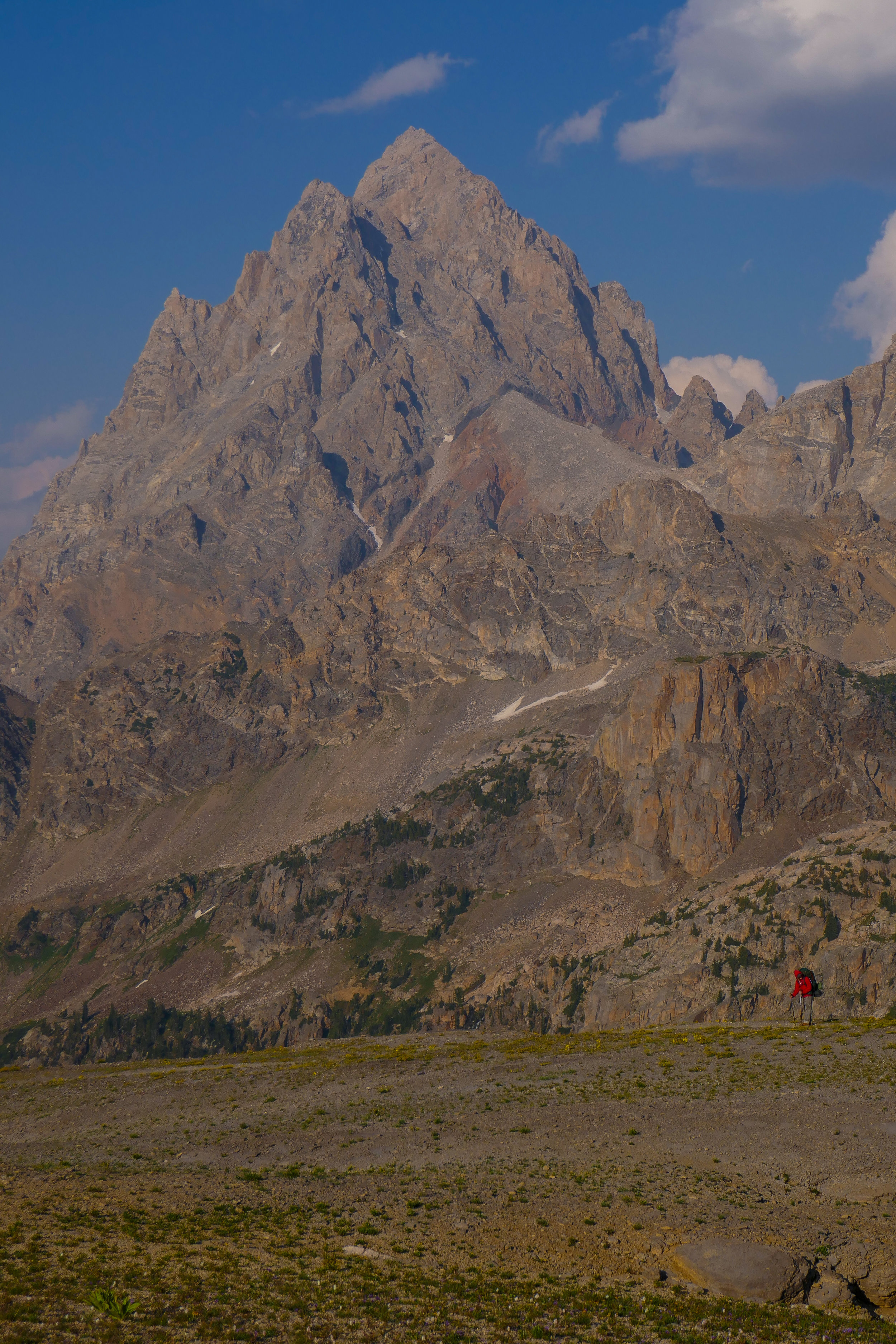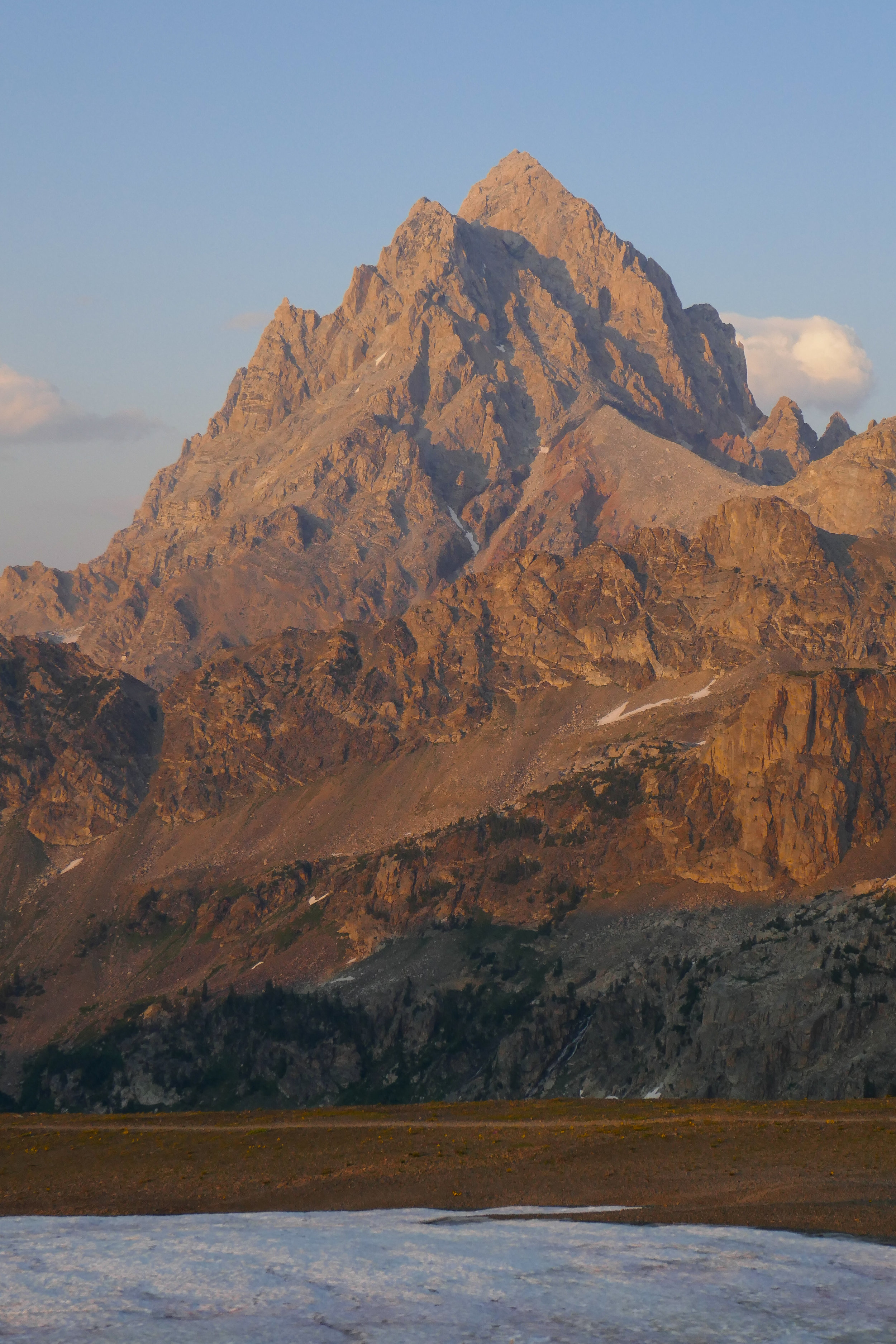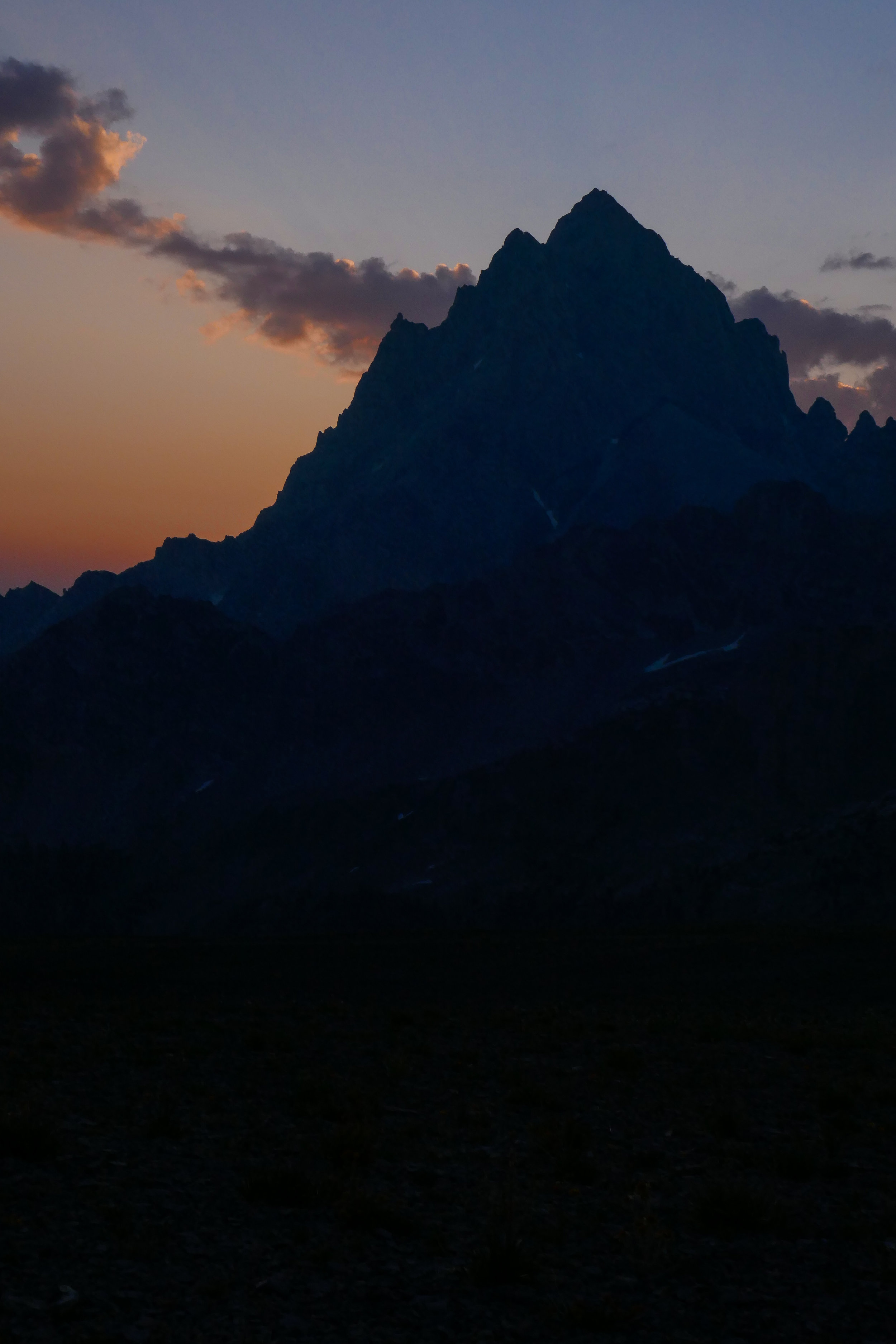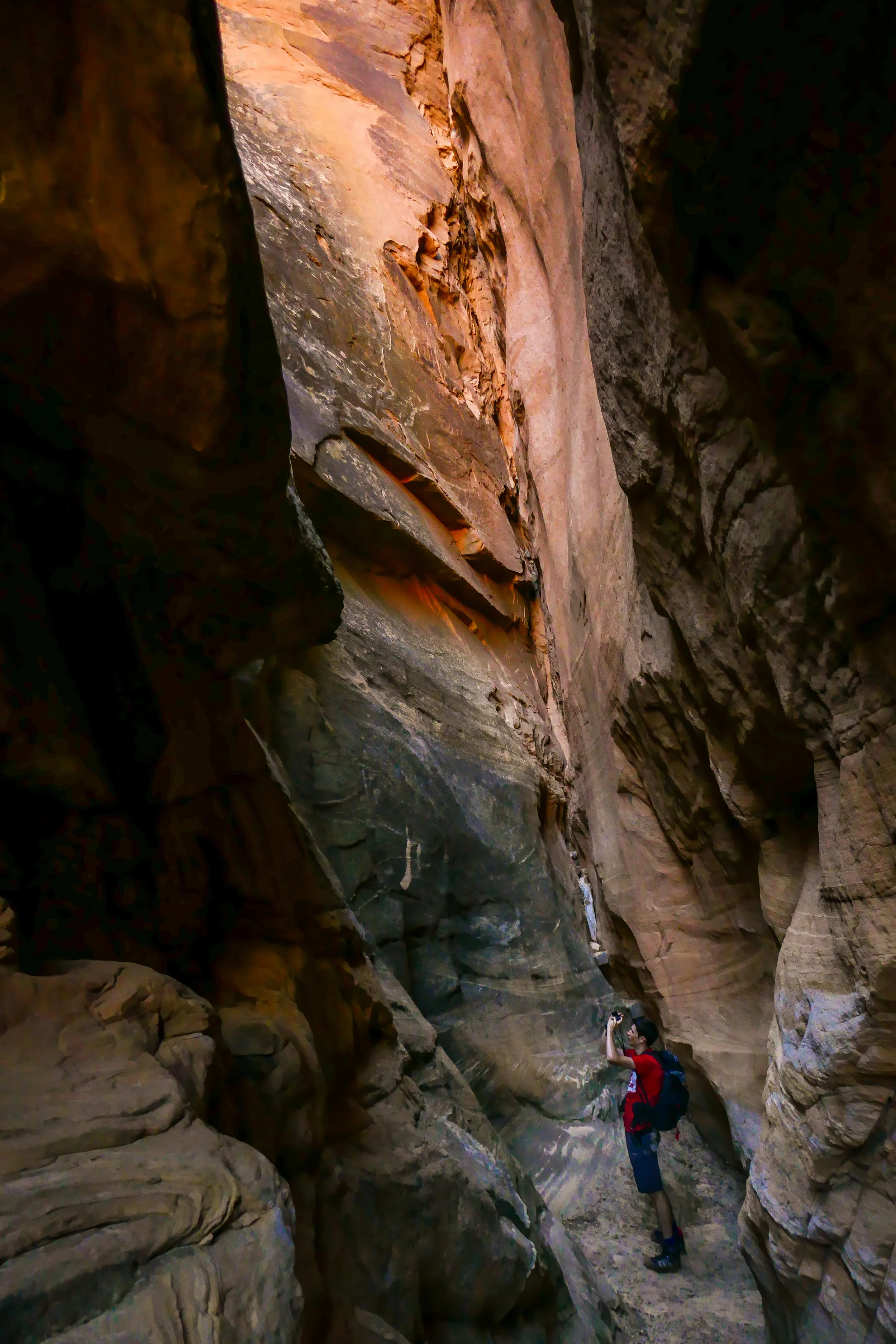I had been to Zion once before with my mom and brother many years ago. It was my second trip to Utah’s land of red rock and the start of my appreciation for hiking and the outdoors. I remembered Angels Landing as one of the hardest and scariest hikes I had done, and the Park to simply be big. And far out. We “camped” in an RV campground, slept on air mattresses, bought to-go lunches from local cafes, and ate full meals in the variety of Springdale’s restaurants. We rented dry suits from an outfitter for the Narrows, and had our days and hikes planned down to the hour.
As the end of my junior year crept up, my friend, Summerlyn and I realized that we had a few days to spare and wanted to make a run to the desert, but wanted to go farther than the usual Moab or Green River destinations. We decided Zion on a whim, and the next day were on the road with no plan except for a vague sense of the hiking we wanted to do in the Park. There were no thoughts as to what to pack, where we would be sleeping that night, what we’d eat a few days from then, or what exactly we’d be doing. We simply threw all our stuff in the car and drove off into the desert.
It’s amazing how much you can change in just a few years. This topic of discussion was revisited several times between Summerlyn and I during our trip. We are both entering our last summer, our last year as a college student. And we’re both amazed at how far we’ve come in the past three years. For me, three years ago I was a completely different person. Who knows who I’ll be years from now?
This idea was particularly funny to us as we realized just how low our standards had become for general human comfort and amenities. Almost every night (except for one), we drove around in the dark looking for a campsite based on some GPS coordinates I had found online, which gave us a general sense of direction for where we could camp. During one of these adventures, we felt a little uneasy at a particular spot, saw some animal’s body hanging from a tree at a site, got extremely nervous, and decided to go back to our original plan where we’d instead be camping mere feet away from someone else (we never figured out what exactly the body was, although I believe it was a skin of a mountain lion).
Summerlyn’s car didn’t have a working charger, so one day we spent an hour sitting in the Visitor’s Center so we could charge our phones and thus access Google Maps. We made the best grilled cheeses of our lives on the patio outside of the Visitor’s Center. We sat in the parking lot in broad daylight, with hundreds of people walking or driving by looking for parking spots, as we flossed, brushed our teeth, ate lunch, and had a few beers. We used a little solar panel to charge our speaker during the day, as the radio in the car didn’t work. We found a wide-open parking lot in a tiny town across the street from a large hotel. After a sunrise photo-op, we hung out in this parking lot for several hours—making breakfast, changing clothes, and brushing hair. We wore the same set of clothes for days, despite the stink, stains and dirt caked in. We ate snacks we had scavenged from our nearly-empty pantries, CU’s dining halls, and a quick-run through the grocery store. We made instant Folger’s coffee every morning, which normally would be absolutely terrible, but turned out to be pretty good in an empty parking lot.
At one point it struck us that we were totally bumming it. This didn’t bother us too much. We honestly thought our state of filth and low standards was hilarious. We had each other and an entire National Park to explore. That was enough.
When I visited Zion several years ago, I would never have imagined myself being comfortable (and arguably willing) to “bum it” for a few days.
All that being said, the Park was just as impressive as I remembered it, if not more. Angels Landing was a piece of cake for both of us. Sure, walking across a ridge with two deadly cliffs on either side of you were a little concerning, but not terrifying. We’d seen and done worse. The approach was easy, short, and the ridge was exciting. We explored the cross-beds of ancient sand dunes in the Northeast corner of the park, we awed at the tunnel that winds through the Navajo Sandstone, and we did a few short hikes in the main canyon and in the Kolob Canyons area.
On our first night in the Park, we drove out to photograph an iconic view of The Watchman. We lined up on a bridge over the Virgin River next to dozens of other photographers and watched the show the sunset put on for us. We joked with the other photographers, hung out until dark, and eventually drove off into the darkness in search of a campsite. We might always be changing, but places like Zion will never fail to impress.






